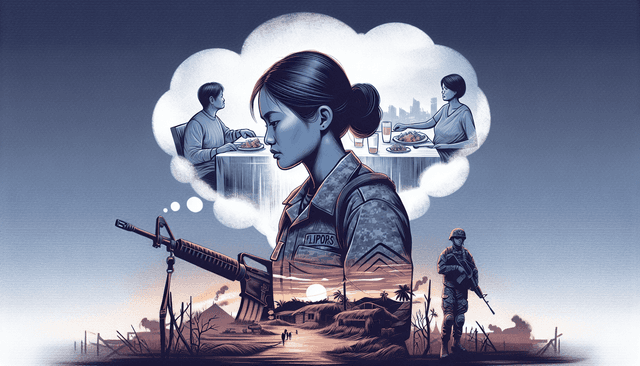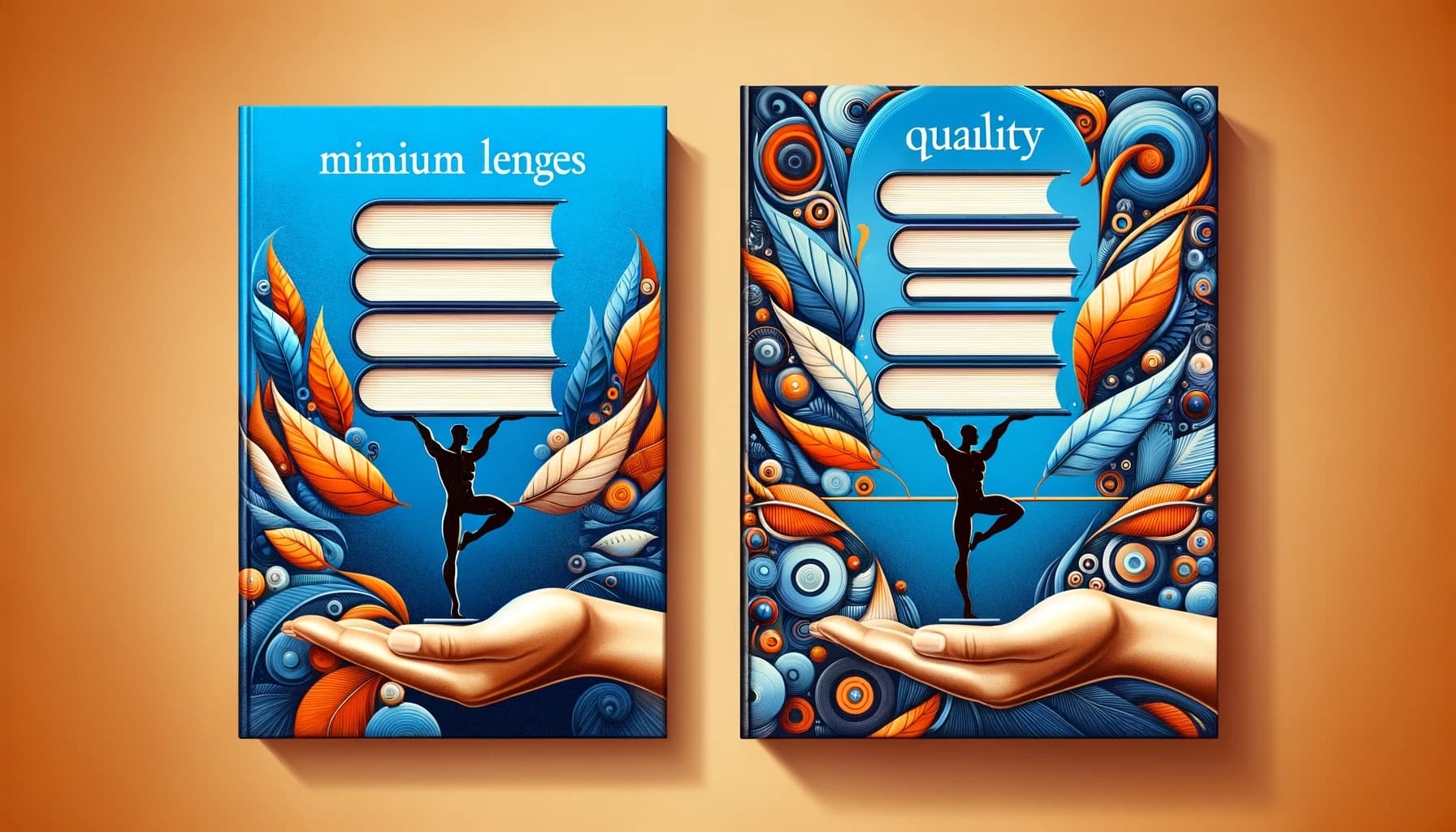Table of Contents
Writing a war novel can feel like a monumental task. You might be wondering where to start, how to capture the chaos of battle, or even how to make your characters resonate with readers. Trust me, you’re not alone in feeling overwhelmed by the thought of weaving together history, emotion, and action into a compelling story.
But don’t worry! If you stick around, I’ll guide you through the entire process, from defining your war story to ensuring authenticity in your details. Together, we’ll navigate the complexities of conflict and character development so your novel can have the depth it deserves.
We’ll explore essential steps like researching your chosen conflict, crafting realistic battle scenes, and giving your characters the emotional depth they’ll need to shine. So, grab a cup of coffee, and let’s dive in!
Key Takeaways
- Define your war story’s main conflict and focus, considering character perspectives and audience emotions.
- Research your chosen conflict for authenticity; explore veterans’ accounts, documentaries, and statistics.
- Establish a clear purpose for your story, such as highlighting human resilience or the futility of war.
- Incorporate multiple conflicts—personal, societal, and external—to add depth to your characters.
- Structure your narrative with an outline, using techniques like flashbacks and tension-building for engagement.
- Craft realistic battle scenes by incorporating sensory details and avoiding glorification of war’s chaos.
- Avoid clichés and explore character complexity to create fresh perspectives on familiar tropes.
- Add emotional depth by fleshing out characters’ backgrounds, showing their struggles and hopes.
- Ensure authenticity with accurate details about uniforms, slang, and everyday life during the conflict.
- Show how war impacts all characters, including civilians, highlighting its far-reaching consequences.
- Revise and refine your draft by seeking feedback, reading aloud, and cutting unnecessary content.

Step 1: Define Your War Story
Before you dive into writing, take a moment to really think about what your war story will be about. Is it a personal tale of survival, or a grand narrative of historical conflict? Define the main conflict clearly as this will ground your story. For instance, if you choose to write about World War II, consider focusing on a lesser-known battle that still had a significant impact on the outcome.
To give your war story depth, think about the characters involved. Are they soldiers, civilians, or journalists? This can influence the tone and perspective of your narrative. Establishing who your main characters are will help you outline their motivations and challenges throughout the turmoil of war.
Finally, consider how you want your audience to feel. Are you aiming to evoke empathy, anger, or hope? Identifying the emotional core of your story now will guide your writing and make it resonate with readers.
Step 2: Research Your Chosen Conflict
Dive into research as it’s essential for authenticity. Sure, you can give your story a creative spin, but knowing the facts will help you create believable circumstances. Start by reading books or primary sources on your topic—like accounts from veterans or civilians who experienced the conflict firsthand.
Documentaries and films can also be a window into the reality of war. They often highlight the emotional landscape, which can inspire the portrayal of your characters’ struggles. Consider how elements like terrain and technology influenced battles and daily life.
You might also want to look at statistics regarding casualties or impacts on society. For example, the death tolls from major wars can provide context for your story, making it more impactful, like highlighting that World War II claimed over 21 million lives. Incorporating real data can intensify the realism of your narrative.
Step 3: Establish the Purpose of Your War
Every good story needs a purpose, and a war story is no different. Ask yourself what you want readers to gain. Is it a message about the futility of conflict, or perhaps the resilience of the human spirit? You could aim to shed light on the sacrifices made by ordinary people during extraordinary circumstances.
Consider creating a thematic statement that encapsulates your purpose. For instance, if your story focuses on the emotional aftermath of war, you could explore themes of loss and redemption through your characters’ arcs. This will help keep your narrative focused.
Moreover, think about the societal issues your story addresses. How does the conflict affect various characters? This adds layers to your narrative, inviting the reader to reflect on broader implications of war beyond the battlefield. Even contemporary issues can echo the past, making your story relevant.

Step 4: Include Different Types of Conflict
A war story isn’t just about physical battles; it’s also about personal and societal struggles.
Think of incorporating various conflicts, such as man versus man, man versus nature, and man versus self.
A character might face external enemies while grappling with internal doubts.
This juxtaposition adds depth and reveals true character layers during chaotic times.
For example, a soldier can be fighting a war externally while dealing with guilt over leaving family behind.
Exploring these different conflicts helps to illustrate the broader impacts of war and engages the reader on multiple levels.
Step 5: Structure Your Narrative Effectively
Good structure is key to keeping your readers engaged.
Start with a solid outline that defines the beginning, middle, and end of your story.
Consider using flashbacks to intersperse action with character backstories.
This technique can enhance emotional investment in characters and their plights.
Another effective method is the classic three-act structure: setup, confrontation, and resolution.
It lays down the groundwork for expectations but allows flexibility to surprise your audience.
Make sure to create tension in your narrative that builds until it reaches a climax, then resolve it satisfyingly.
Step 6: Write Realistic Battle Scenes
Battle scenes are often the heart of any war story, but they should feel authentic.
Research various aspects of warfare, like tactics, weaponry, and the emotional toll of combat.
Think about how sounds, smells, and sights can influence the experiences of your characters.
For instance, a soldier might remember the metallic scent of blood mixed with gunpowder when recalling battle.
Additionally, don’t shy away from portraying the chaos of battle honestly; not every conflict is glorious.
Realism in battle scenes not only enriches your story but also ensures your audience can appreciate the grim realities of war.
Step 7: Avoid Clichés and Use Tropes Wisely
Clichés can undermine the uniqueness of your war story.
Steer clear of typical hero archetypes that audiences have encountered countless times.
Instead, try to develop characters that defy expectations, showing flaws and strengths in unexpected ways.
That being said, familiar tropes can also serve as effective tools when used thoughtfully.
For instance, the reluctant hero trope can be effective if you explore the reasons behind the reluctance.
Ultimately, balance is crucial; aim for originality while recognizing the tropes that readers can connect with.
Step 8: Add Emotional Depth to Your Characters
Characters are the bridge to your audience’s heart in a war story.
Go beyond names and ranks; flesh out their backgrounds, dreams, and fears.
For example, a soldier might miss family dinners, showcasing their human side amidst the chaos of war.
Dialogues can reveal so much; let characters express longing, anxiety, or their hopes of peace.
Consider showing how different characters cope with trauma—some might cling to comradeship, while others turn inward.
This emotional depth makes your characters relatable and helps readers form bonds with them.
Step 9: Ensure Authenticity in Details
Every detail counts in a war story, from uniforms to food to slang.
Accuracy gives your narrative credibility and immerses your audience in the setting.
Consult reliable sources or talk to veterans for insights on life during conflict.
Every item, like a soldier’s gear or a civilian’s rations, can add authenticity to your narrative.
Using accurate settings for battles can evoke real emotions—like describing the mud and blood of World War I trenches.
These small details make your story feel grounded, allowing readers to believe in the world you’ve created.
Step 10: Show the Impact of War on All Characters
War doesn’t affect just soldiers; everyone in its orbit feels its repercussions.
Delve into the lives of civilians and how the conflict shapes their realities and relationships.
For instance, explore how a local baker struggles to feed the community amid war scarcity.
Or portray a young child who, once innocent, is forced to adapt to violence and loss.
Your narrative should reflect the far-reaching consequences of conflict, showing how grief and resilience coexist.
Invite your readers to contemplate the broader effects of war on society as a whole.
Step 11: Revise and Refine Your Story
Revision is the polishing phase, crucial for transforming your draft into a compelling war story.
Take a break after writing and return with fresh eyes. Looking at your work anew can highlight areas needing improvement.
Read your story aloud to catch awkward phrasing and ensure the pacing flows well.
Seek feedback from beta readers who can provide insights on areas that resonate or fall flat.
Do not hesitate to trim excess fluff; clarity and precision are vital for keeping readers engaged.
Ultimately, revising is an opportunity to refine your voice and solidify powerful themes, ensuring your war story leaves a lasting impact.
FAQs
War stories are narratives that depict the experiences and emotions of individuals in conflict. They are important as they provide perspective on the realities of war, exploring themes of struggle, courage, and the impact on human lives.
To create realistic battle scenes, research historical battles, incorporate sensory details, and depict the chaos and emotions involved. Focus on character reactions and use authentic military terminology to enhance credibility.
Character depth adds emotional resonance to war stories. It allows readers to connect with characters’ struggles and transformations, illustrating the multifaceted effects of conflict on identity, relationships, and personal growth.
To avoid clichés, focus on original character perspectives and unique plot developments. Challenge stereotypes, and use specific historical details to craft a narrative that feels fresh, engaging, and grounded in reality.



